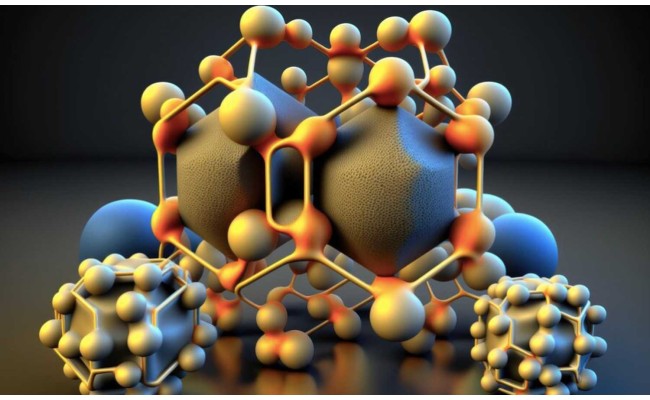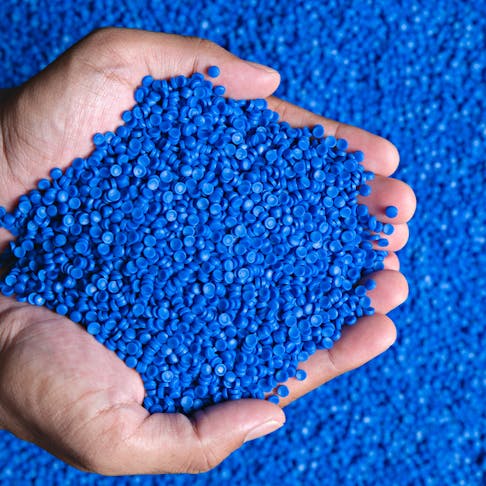Using the Power of Polymers: Recognizing the Substantial Uses and Favorable Influences
Polymers, with their varied chemical structures and residential or commercial properties, have come to be vital in various industries, changing the method we interact with products daily. From the packaging that safeguards our food to the fibers that dress us, the applications of polymers are large and differed. However past their ubiquitous presence exists a deeper understanding of their favorable impacts, getting to far past mere comfort. As we check out the extensive uses of polymers and their duty fit a more sustainable, reliable, and innovative future, it comes to be apparent that their possibility is as vast as the particles themselves.
Versatility in Everyday Products
One of the most common uses of polymers is in product packaging products. Furthermore, polymers play an important role in the automotive sector, where they are utilized in producing lightweight parts that enhance fuel efficiency.
Eco-friendly polymers are utilized in sutures and implants, decreasing the risk of negative reactions in patients. In the building and construction sector, polymers are incorporated right into paints, adhesives, and insulation products, boosting resilience and energy effectiveness.
Sustainability in Product Innovations
With the continuous emphasis on ecological awareness and source effectiveness, the focus moves towards sustainability in material advancements, mirroring an expanding commitment to liable manufacturing methods throughout numerous industries. Recently, there has been a remarkable rise in the development of sustainable materials, especially within the world of polymers. These cutting-edge materials are designed to reduce ecological effect throughout their whole lifecycle-- from sourcing resources to disposal or recycling.
One substantial aspect of sustainability in material developments is the idea of biodegradability. Naturally degradable polymers have actually gathered interest for their capacity to damage down normally right into safe by-products, minimizing waste and air pollution. Additionally, using recycled polymers originated from post-consumer or post-industrial resources is obtaining grip as a way of advertising a round economic climate and minimizing reliance on virgin products.

Enhancing Efficiency in Design
Enhancing performance in engineering requires a meticulous combination of sophisticated technologies and precise techniques to maximize capability and efficiency in numerous commercial applications. Polymers play a critical duty in this undertaking, using a vast array of benefits that boost the efficiency of engineering materials and parts.
One trick element of enhancing efficiency in design is the capability of polymers to improve durability and toughness. By integrating polymers into design layouts, makers can produce light-weight yet durable structures that can withstand high degrees of tension and strain. This particular is particularly beneficial in markets such as aerospace, automotive, and building and construction, where the need for strong yet light-weight materials is vital.
Additionally, polymers can additionally improve performance by supplying thermal and chemical resistance, reducing rubbing, and improving electric conductivity. These homes make polymers ideal for a large range of design applications, consisting of seals, bearings, finishings, and digital elements. Polymers. By using the one-of-a-kind buildings of polymers, engineers can optimize the efficiency of their designs and produce more effective and reliable products
Influence on Medical Improvements
Polymers have played a crucial role in modern clinical improvements, varying from medicine distribution systems hop over to these guys to cells design. One of the vital areas where polymers have made a considerable influence is in the growth of naturally degradable stitches and implants.
Moreover, polymer-based products are significantly being used in medical tools such as catheters, stents, and prosthetics as a result of their biocompatibility and convenience. For circumstances, polymer layers on clinical gadgets can avoid infections and improve total client results. Additionally, innovations in nanomedicine have actually allowed making use Full Article of polymer nanoparticles for targeted medicine shipment, enhancing the efficiency and lowering adverse effects of various drugs
Function in Environmental Conservation

In addition, polymers are used in water treatment procedures, aiding in the filtration and recycling of water sources. This assists in minimizing water contamination and ensuring access to tidy water for both human consumption and environmental wellness. Polymers also play a function in farming through the advancement of eco-friendly mulches and controlled-release fertilizers, advertising lasting farming practices.
Final Thought
In verdict, polymers have actually confirmed to be a functional and crucial product in numerous sectors, from day-to-day items to explanation design and clinical improvements. Comprehending the substantial uses of polymers highlights their significance in driving development and progress in multiple areas.